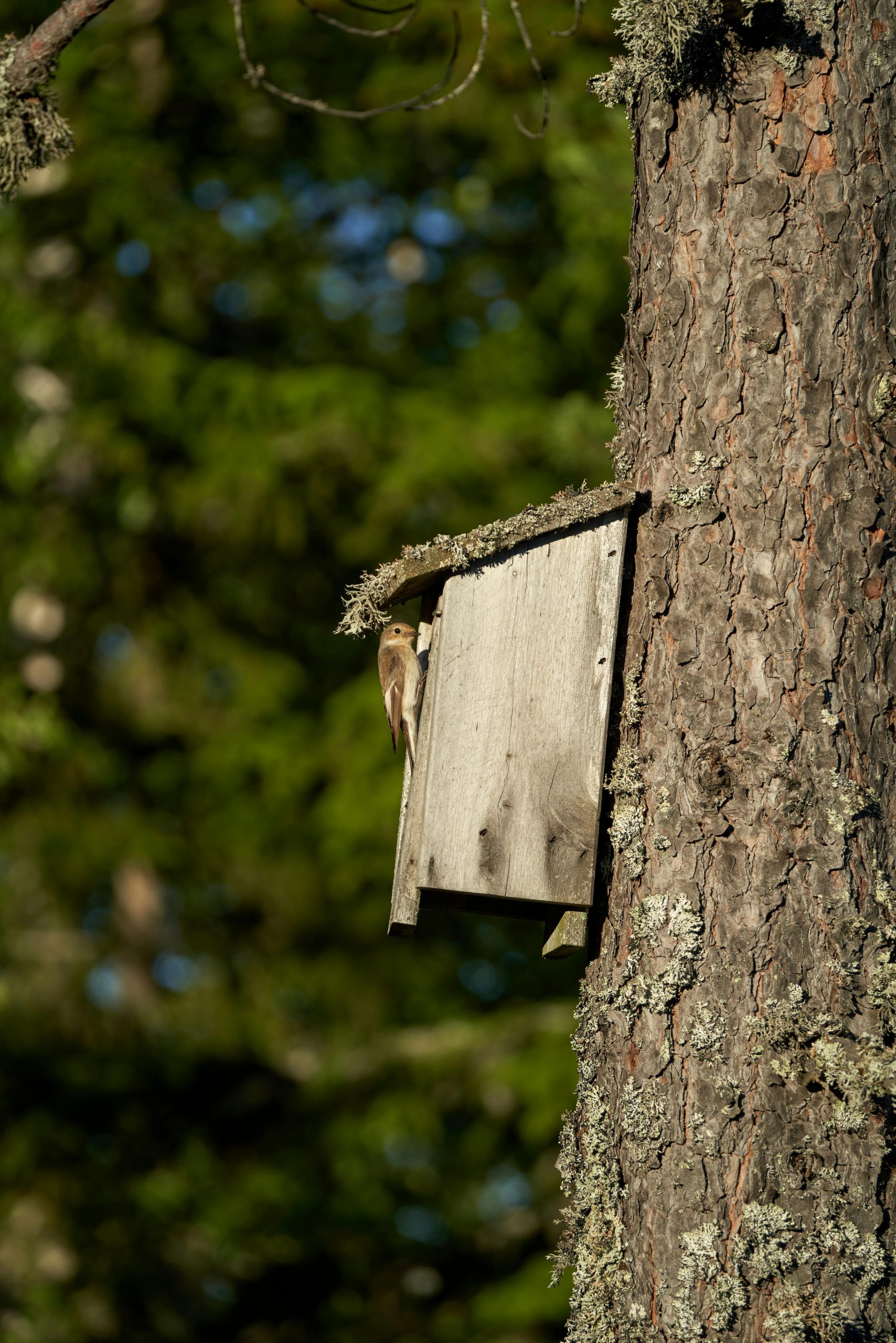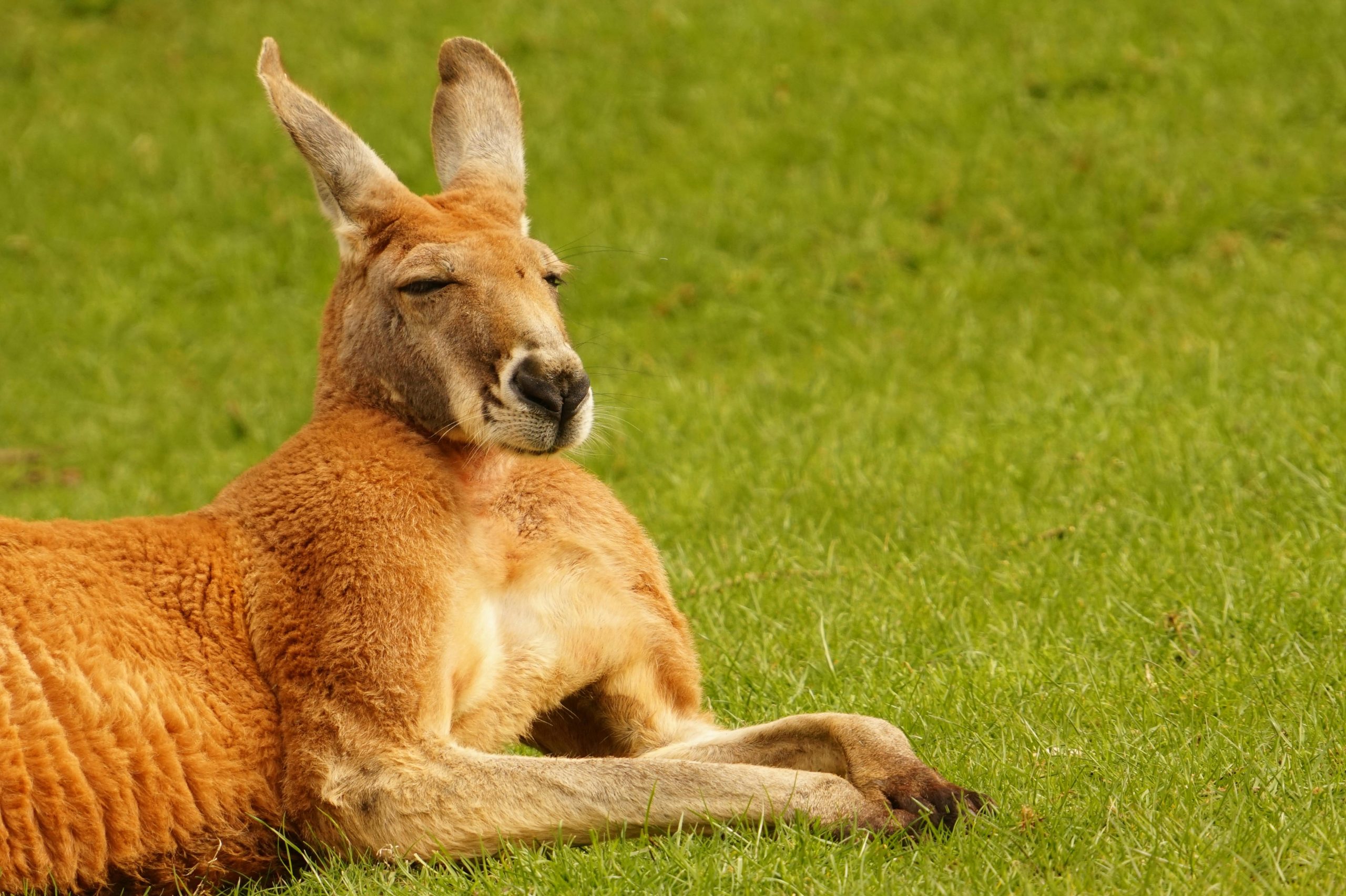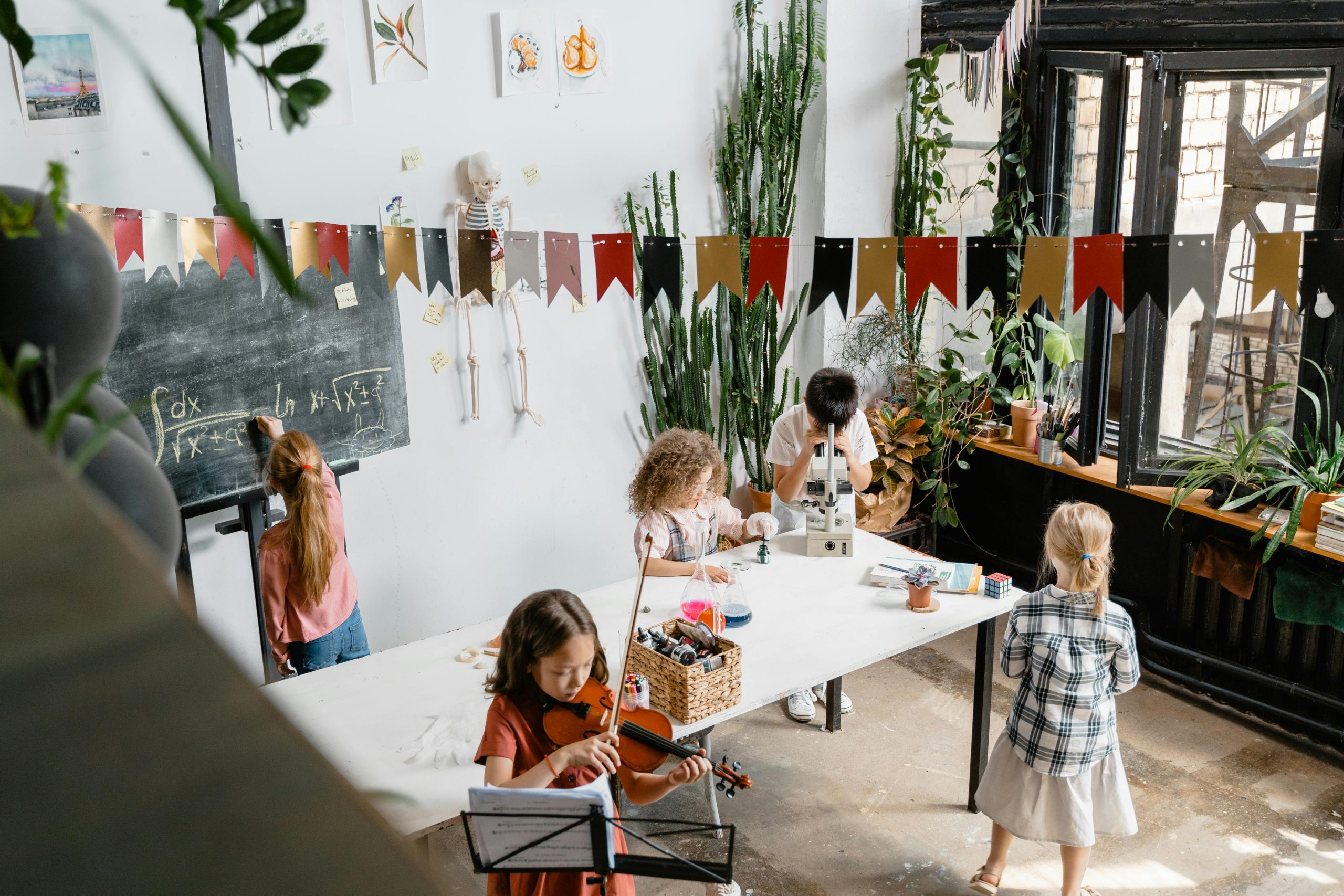Introduction to Conservation and Wildlife Protection

Conservation and wildlife protection stand as pivotal pillars in preserving our planet’s biodiversity. These efforts not only safeguard the myriad of species that call Earth home but also ensure a balanced ecosystem for future generations. Education plays a crucial role in nurturing environmental stewardship among young minds, empowering them with the knowledge and passion to make a difference. This article aims to provide a comprehensive overview of the importance of conservation and wildlife protection, underscore the significance of education in fostering a deep-rooted respect for nature, and outline the structure of our discussion on teaching children about these critical issues. Through engaging narratives and practical advice, we embark on a journey to instil a sense of responsibility and wonder in the hearts of young conservationists.
Laying the Foundation: Understanding the Basics

Explaining the Concepts of Conservation and Wildlife Protection to Children
At its heart, conservation is about caring for our planet and all its inhabitants. It’s a way of living that respects and protects nature, ensuring that wildlife and habitats thrive for years to come. When we talk to children about conservation, we’re sharing the importance of looking after the world around us. It’s about showing them that every plant, animal, and person is connected, and we all have a part to play in keeping the Earth healthy.
The Interdependence of Humans and Nature
Humans and nature are part of an intricate web of life. Our actions have a direct impact on the natural world, and in turn, the health of our planet affects us. By teaching children about this interdependence, we foster a sense of responsibility and care for the environment. Simple activities, like planting a tree or recycling, can illustrate how our choices help or harm our planet.
Simple Examples of Conservation Efforts and Their Impact
- Saving water helps protect aquatic habitats.
- Recycling reduces waste and pollution.
- Community clean-ups and global initiatives protect endangered species.
These examples highlight the power of collective action and encourage children to contribute to conservation efforts in their own way.
Engaging Activities to Spark Interest in Conservation

Interactive Games and Activities Focused on Wildlife and Nature
Children learn best when they’re having fun. Interactive games and activities centred around wildlife and nature can turn learning into an adventure. Picture a mobile app that transforms a walk in the park into a thrilling quest to identify different species of trees and birds. Or imagine a board game that teaches the importance of biodiversity through strategic gameplay. These engaging tools not only educate but also foster a deep appreciation for the natural world.
Utilizing Technology: Apps and Websites for Learning About the Environment
- Check out the WWF-Australia app for information on wildlife protection and conservation efforts.
- Explore Nature Australia for resources and activities that encourage children to understand the environment.
Outdoor Activities: Visits to Nature Reserves, Parks, and Zoos
Nothing beats the hands-on learning experience of being outdoors. Visits to nature reserves, parks, and zoos offer children a firsthand look at wildlife and ecosystems. These excursions can be both educational and inspiring, providing opportunities to see conservation in action. Whether it’s observing the behaviour of animals in their habitats or learning about plant species in a botanical garden, these experiences leave lasting impressions on young minds.
Arts and Crafts Projects That Promote Recycling and Reuse
Arts and crafts projects offer a creative avenue to teach children about recycling and reuse. By using materials that would otherwise be discarded, children learn the value of repurposing and the impact of waste on the environment. Projects like creating bird feeders from old bottles or fashioning planters from recycled containers not only spark creativity but also instil a sense of responsibility towards reducing waste.
By incorporating these engaging activities into our teaching, we can ignite a passion for conservation and wildlife protection in children. It’s about making learning enjoyable and meaningful, ensuring that the next generation is equipped with the knowledge and enthusiasm to care for our planet. Through interactive games, technology, outdoor experiences, and creative projects, we can foster a deep connection with nature that will inspire children to become advocates for conservation.
Storytelling and Educational Resources

Books and Documentaries: Windows to the Wild
Introducing children to the wonders of wildlife and the importance of conservation can be a magical journey through books and documentaries. These resources serve as gateways, offering vivid glimpses into the lives of animals and the challenges they face. Picture books like “The Lorax” by Dr. Seuss, and documentaries such as “Our Planet” narrated by David Attenborough, blend education with entertainment, making learning about conservation an engaging experience for young minds.
The Power of Storytelling
Storytelling has the unique ability to forge emotional connections with nature. Through tales of majestic animals and the environments they inhabit, children learn empathy and understanding for the natural world. Stories that highlight the beauty of nature and the critical role of conservation work to inspire a generation of caretakers, eager to protect our planet.
Age-Appropriate Resources
Choosing the right resources is key. For younger children, start with simple picture books and animated documentaries that focus on wildlife. “The Magic School Bus” series, for example, makes complex topics accessible and fun. As children grow, introduce more detailed books and documentaries that explore conservation topics in depth, such as “National Geographic Kids” publications and the documentary “Chasing Ice.” These resources not only educate but also empower children with the knowledge to make a difference.
By carefully selecting books and documentaries tailored to children’s ages and interests, we can nurture a lifelong passion for wildlife and conservation. It’s about creating a foundation of love and respect for nature that will inspire actions to protect our planet for years to come.
Community Involvement and Citizen Science: A Family Affair

Participating in Local Conservation Projects and Clean-Up Efforts
Getting involved in local conservation projects offers a hands-on approach to learning about the environment. Families can join:
- Clean-up efforts in parks, beaches, or rivers, making a tangible difference in their community.
These activities not only help protect local wildlife but also instil a sense of pride and responsibility in children, showing them the impact of collective action.
Introduction to Citizen Science Projects for Children and Families
Citizen science projects invite the public to contribute to scientific research on wildlife and the environment. Engaging children in these projects can be both educational and exciting. For example, families can participate in:
- Bird counts
- Monitor water quality
- Track local flora and fauna using apps designed for citizen scientists.
This not only enhances their understanding of the scientific process but also highlights the importance of data in conservation efforts.
The Benefits of Engaging with Local Wildlife and Conservation Groups
Connecting with local wildlife and conservation groups opens up a world of learning opportunities. These organisations often offer:
- Workshops
- Guided walks
- Educational talks
that can deepen a family’s knowledge of conservation issues. Moreover, interacting with conservationists and wildlife experts can inspire children and adults alike, fostering a lifelong commitment to protecting the natural world. The benefits of such engagement are profound, leading to a more informed and proactive community ready to stand up for environmental causes.
By weaving community involvement and citizen science into the fabric of family life, we can nurture informed, passionate conservationists for the future. It’s about taking steps, big and small, towards a more sustainable world, with our children leading the way.
In Closing
Empowering young conservationists begins at home. This journey enriches lives, blending education with the joy of discovery. Through stories, hands-on activities, and community engagement, we’ve explored how to instill a deep respect for nature in children. These efforts lay the groundwork for a future where conservation is not just understood but passionately advocated for. Let’s continue to nurture our planet’s next guardians, inspiring them to protect our world with every step they take.
How to Teach Your Child About Conservation and Wildlife Protection FAQs
Yes, teaching your child about conservation can significantly benefit their future by developing critical thinking, problem-solving skills, and a strong ethical foundation regarding environmental issues. This knowledge can influence their personal and professional choices, leading them to make more sustainable decisions. Additionally, understanding conservation can open up career opportunities in environmental science, advocacy, and sustainable development.
Encouraging your child to be more environmentally conscious can start with leading by example and incorporating eco-friendly practices into your daily life. Discuss the importance of actions like saving water, reducing waste, and choosing sustainable products. Involvement in community environmental projects or initiatives can also foster a sense of responsibility and awareness.
To explain the concept of endangered species to a child, start by discussing the importance of every animal and plant in maintaining the balance of ecosystems. Then, introduce the idea that some species are at risk of disappearing forever because of habitat loss, pollution, and other human activities. Use specific examples of endangered animals they might recognize to make it more relatable and emphasize the importance of conservation efforts.
Incorporating games, interactive activities, and outdoor adventures can make learning about conservation enjoyable for children. Activities like bird watching, planting trees, or visiting nature reserves allow them to experience wildlife firsthand, making the learning process exciting and memorable. Engaging stories and documentaries about animals and nature can also capture their imagination and interest.
Teaching your child about the importance of water conservation can begin with explaining how water is essential for all life on earth and how it’s a limited resource. Show them practical ways to save water, like turning off the tap while brushing their teeth or collecting rainwater for plants. Discussing the consequences of water scarcity can help them understand why conserving water is crucial for the environment and human survival.
Children can start learning about conservation at a very young age, as soon as they begin to interact with the world around them. Simple concepts like not littering and the importance of plants and animals can be introduced in early childhood. As they grow older, more complex topics like climate change and biodiversity can be gradually incorporated into their learning.
Simple conservation activities for children include recycling, composting, and participating in local clean-up days. These activities teach them about waste management and the importance of keeping their surroundings clean. Additionally, setting up a bird feeder or planting a garden can help them learn about local wildlife and the role of plants in the ecosystem.
Involving your child in community conservation efforts can help them develop a sense of belonging and responsibility towards their local environment. It provides practical experience in teamwork and project management, while also teaching them about the challenges and solutions in conservation work. This hands-on involvement can deepen their appreciation for nature and inspire a lifelong commitment to environmental stewardship.
There are numerous resources available for teaching kids about conservation, including educational websites, books, and documentaries specifically designed for young audiences. Organizations like the World Wildlife Fund (WWF) and National Geographic Kids offer online materials and activities that make learning about the environment engaging and accessible. Local wildlife parks and nature centers often provide workshops and guided tours that can enrich a child’s understanding of conservation.
Teaching children about conservation and wildlife protection instills a sense of responsibility towards the environment from a young age. It helps them understand the impact of human actions on ecosystems and the importance of preserving natural habitats for future generations. This knowledge encourages sustainable behaviors and a lifelong commitment to protecting the planet.

Jasmine Duque-Love is a mother of one and a practicing physiotherapist with a Phd in Physiotherapy

